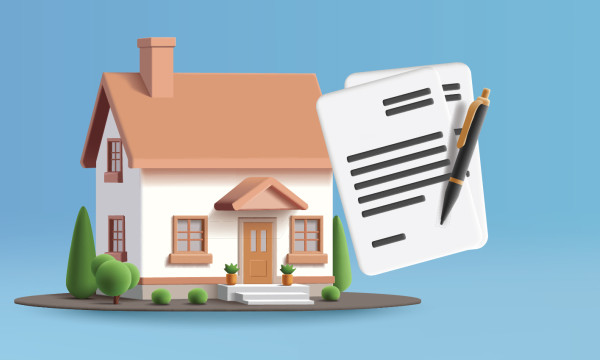What to know about loan-level pricing adjustments

There has been a lot of buzz about loan-level pricing adjustments, or LLPAs, in the mortgage world lately. To help you sift through the snippets of information that are out there, we put together a handy primer that explains what LLPAs are (and aren’t!), and why you might care. Ultimately, our goal is to help you move forward confidently, without fear that there has been a huge jump in fees or that you’re being penalized with a higher fee for your higher credit score (or, conversely, rewarded for a lower one). It’s also important to remember that your UBT mortgage experts are always here to help. With that in mind, let’s talk LLPAs!
What is an LLPA?
A loan-level pricing adjustment is a risk-based pricing adjustment assessed to borrowers who are using a conventional mortgage — and it’s not a new concept. LLPAs were introduced into conventional mortgage lending in April 2008 by Fannie Mae and Freddie Mac, the two entities that guaranty a vast majority of new mortgages (they’re sometimes referred to as “the agencies”). LLPAs are the government’s way of raising prices for borrowers carrying more risk in order to protect government-backed loans without putting a penalty to “safer” borrowers.
LLPAs are based on loan features such as your credit score, loan purpose, occupancy, and the loan-to-value ratio of your purchase, among other things. They are, quite literally, adjustments to the price of a loan, and loan prices are what determine a borrower’s mortgage rate. Much like an auto insurance policy, a person with more risk (lower credit score, higher LTV, etc.) will typically pay a higher premium. These fees have changed several times over the years, mostly due to changes in the loan industry’s risk assessment of borrowers. Another change — the one that’s making the news currently — was announced in January of this year and officially went into effect May 1, 2023.
A more equitable change
This new rule, set by the Federal Housing Finance Agency (FHFA), was designed to help improve housing affordability in the United States by revising the structure of LLPAs, making them more effective. Conventional mortgages and refinance loans purchased by Fannie Mae and Freddie Mac will be affected, while HUD Section 184, FHA, VA, USDA, and mortgages are excluded from the new format.
The new initiative will change the current LLPA structure to shrink the gap, if you will, between what borrowers with lower credit scores and those with higher credit scores actually pay. The pricing shift will slightly reduce LLPAs for borrowers with low credit scores and those with lower down payments, while marginally increasing LLPAs, in many cases, for homebuyers with good credit. Borrowers with credit scores between 680 and 779 with down payments between 10% and 20% will see a fee increase of between 0.13% and 0.75%. On the other side of the matrix, first-time homebuyers with low or moderate household income will pay no added fees whatsoever, and borrowers who put less than 5% down across all FICO scores will also benefit.
So why all the confusion?
Many of the charts out there can be unclear or misleading, and many folks are mistaking the change in fees for the actual cost of the loan. However, borrowers with lower scores won’t be paying less than higher credit borrowers; the gap between what the two borrowers pay is just smaller than it was.
Can you summarize?
Absolutely. If your new home loan is a Fannie Mae or Freddie Mac (FHA, VA, USDA, and HUD Section 184 mortgages are excluded), you’ll be subject to the new LLPA pricing matrix.
The change amounts to a tweak of an existing fee structure; if you have better credit, you’ll pay less than someone with not-so-great credit. But there are some key changes that will result in increases in interest fees. The new changes also include reduced or eliminated fees for first-time homebuyers and those with low or moderate incomes. Despite some rumors to the contrary, there’s no scenario where someone with lower credit will have a lower fee.
It’s essential for you as a borrower to understand these changes to make informed decisions when applying for a mortgage, and there’s so much information out there, it’s tough to know where to start. Fortunately, you won’t have to go it alone, because your friendly experts at UBT really are here to help. Contact a UBT home loan expert to get started on your home journey today!
Learning Center articles, guides, blogs, podcasts, and videos are for informational purposes only and are not an advertisement for a product or service. The accuracy and completeness is not guaranteed and does not constitute legal or tax advice. Please consult with your own tax, legal, and financial advisors.





